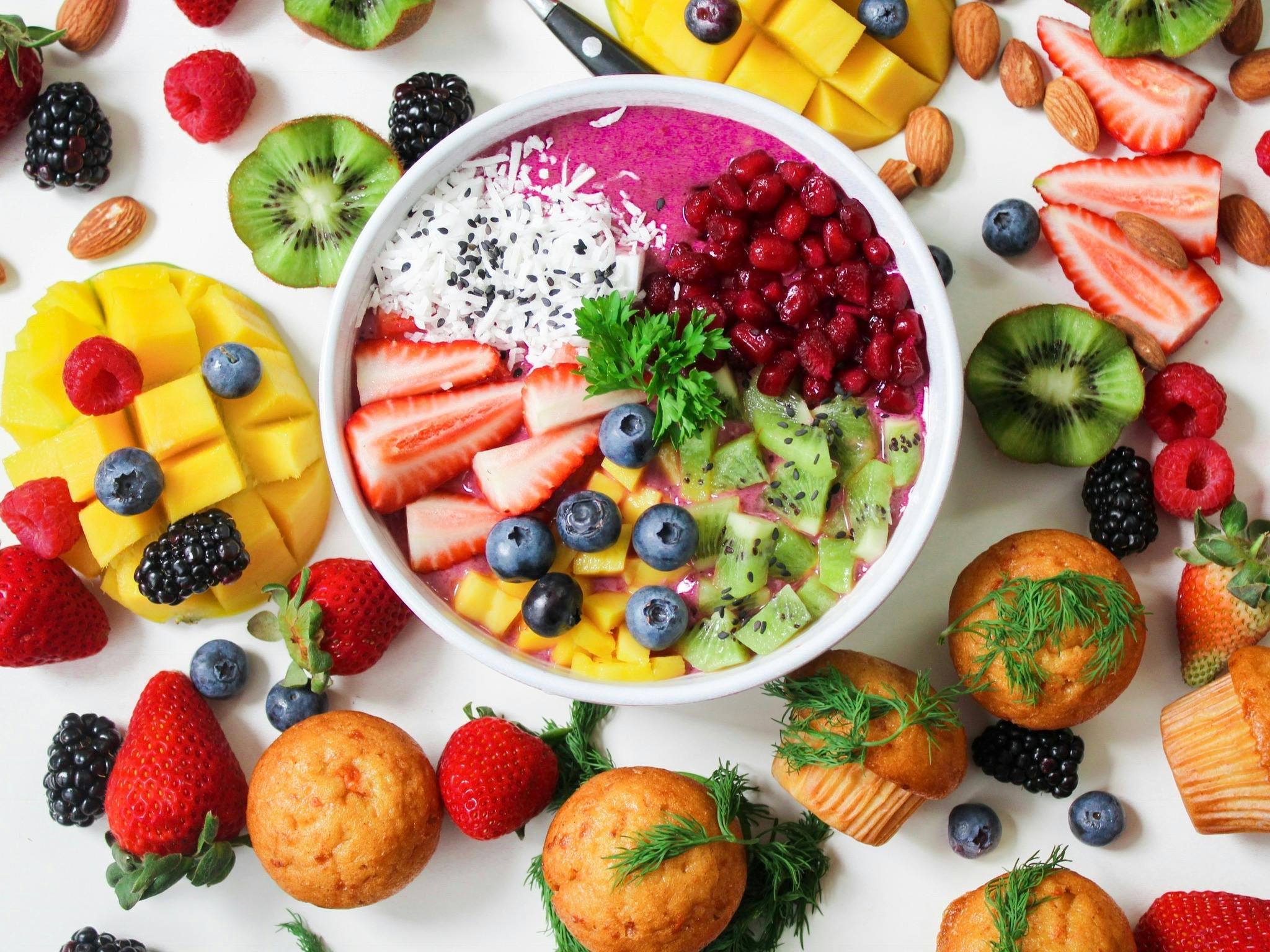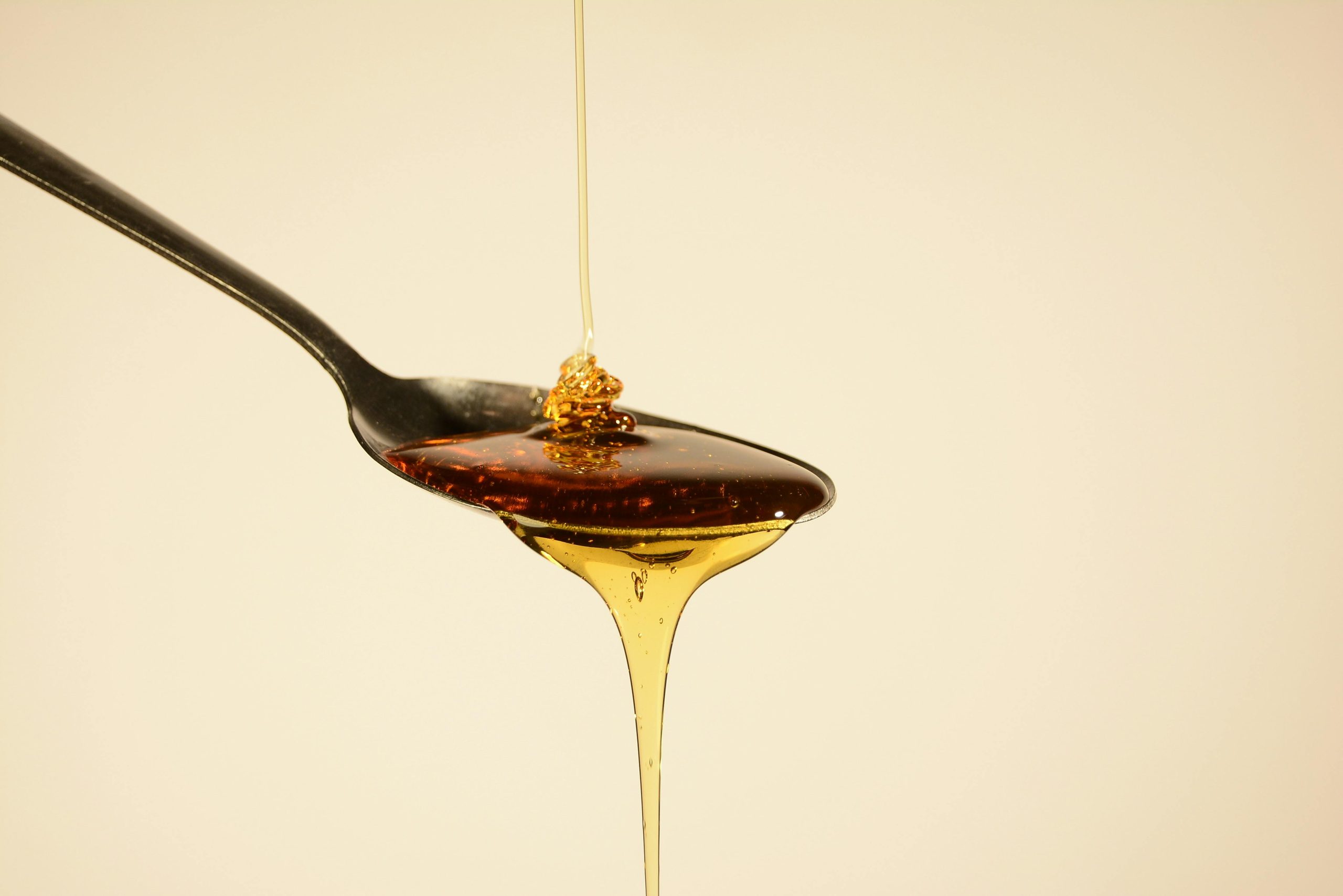Navigating the grocery store aisles in search of healthy options can feel like walking through a minefield of confusing labels and tempting marketing claims. Many products wear a “health halo,” appearing beneficial at first glance due to buzzwords like “natural,” “low-fat,” or “gluten-free,” yet hiding less desirable ingredients upon closer inspection. This discrepancy proves that the term “health food” is not a guarantee of nutritional quality and that not all options are created equal. Understanding which seemingly virtuous foods might be sabotaging your health goals is key to making truly informed choices. Let’s uncover ten products often mistaken for health champions that deserve a second look.

Image Source: Pexels
1. Flavored Yogurts
Yogurt, particularly Greek yogurt, has a well-deserved reputation for being high in protein and probiotics, making it a seemingly smart choice. However, the flavored varieties contain staggering amounts of added sugar, sometimes rivaling candy bars or sodas per serving. This added sugar negates many potential health benefits and can contribute to unwanted weight gain and blood sugar spikes. Reading the nutrition label is crucial to identify the sugar content lurking within fruit-on-the-bottom or vanilla-flavored options. Opting for plain yogurt and adding your fresh fruit and a touch of honey or maple syrup gives you control over the sweetness and maximizes the health potential.
2. Granola and Granola Bars
Often marketed as a wholesome breakfast or snack, granola typically conjures images of oats, nuts, and seeds, implying a healthy profile. Unfortunately, many commercially prepared granolas and granola bars are loaded with added sugars (like corn syrup, cane sugar, or honey) and unhealthy fats to enhance taste and texture. While they might contain whole grains, the high calorie density and sugar content can quickly turn a perceived healthy choice into something more akin to a dessert. Always check the ingredient list and nutrition facts panel for sugar grams and fat sources. Making your own granola at home or choosing options with minimal added sweeteners is a much healthier approach.
3. Sports Drinks

Image Source: Pexels
Sports drinks are designed to replenish electrolytes and carbohydrates lost during intense, prolonged physical activity, serving a specific purpose for athletes. However, they are often consumed casually by adults and children in situations where water would be perfectly adequate. These drinks are typically high in sugar and calories, contributing significantly to daily sugar intake without providing substantial nutritional value for the average person. Unless you’re engaging in vigorous exercise exceeding an hour, plain water is the superior hydration choice. Remember their intended use is specific and not for everyday refreshment.
4. Gluten-Free Packaged Snacks
For individuals with celiac disease or non-celiac gluten sensitivity, gluten-free products are essential for health and well-being. However, for the general population, “gluten-free” does not automatically equate to “healthy.” Many gluten-free packaged snacks like cookies, crackers, and pretzels rely on refined flours (like rice or potato flour) and may contain higher amounts of sugar, unhealthy fats, and sodium to compensate for the texture and flavor changes from removing gluten. These products can be just as processed, if not more so, than their gluten-containing counterparts. Focusing on naturally gluten-free whole foods like fruits, vegetables, and lean proteins is a healthier strategy than simply swapping for processed gluten-free alternatives.
5. Reduced-Fat Peanut Butter
Peanut butter can be a nutritious source of protein and healthy fats, but the “reduced-fat” versions often present a misleading health bargain. When manufacturers remove the naturally occurring healthy fats from peanuts, they typically compensate by adding sugar, corn syrup solids, and various fillers to maintain a palatable taste and texture. This process results in a product that is lower in healthy fats but higher in sugar and potentially more processed ingredients. Opting for natural peanut butter, where the ingredients are simply peanuts and perhaps a little salt, provides the full nutritional benefits without the unnecessary additives found in many reduced-fat varieties.
6. Veggie Chips/Sticks
The allure of getting your vegetables in chip form is strong, leading many to perceive veggie chips or sticks as a healthier alternative to traditional potato chips. However, examining the ingredient list often reveals that potato flour, corn flour, or starch are the primary ingredients, with only small amounts of vegetable powder added for color and flavor. Furthermore, these snacks are typically fried or baked with added oils and sodium, making their nutritional profile surprisingly similar to regular chips. While slightly better than standard chips in some cases, they are far from being a substitute for eating actual fresh vegetables. Don’t let the “veggie” name fool you into thinking it’s a guilt-free snack.
7. Many Commercial Protein Bars
Protein bars offer a convenient way to boost protein intake, especially on the go, but their healthfulness varies dramatically. Many popular brands are essentially candy bars in disguise, packed with various forms of sugar, artificial sweeteners, unhealthy fats (like palm kernel oil), and a long list of processed ingredients. While they might deliver a significant dose of protein, the accompanying nutritional downsides can outweigh the benefits for those not carefully reading labels. Look for bars with short ingredient lists featuring whole foods, minimal added sugar (less than 10 grams), and a good amount of fiber. Alternatively, opt for whole-food protein sources like hard-boiled eggs, nuts, or Greek yogurt.
8. Agave Nectar/Syrup

Image Source: Pexels
Marketed as a natural and healthier alternative to sugar, agave nectar gained popularity due to its lower glycemic index compared to regular table sugar. However, agave nectar is highly processed and contains a very high concentration of fructose – even higher than high-fructose corn syrup in many cases. Excessive fructose consumption is linked to various health issues, including insulin resistance, liver problems, and increased triglyceride levels. While it might be “natural,” its high fructose content makes it a questionable choice for health-conscious individuals. Using small amounts of other natural sweeteners like maple syrup or honey, or reducing overall sweetener use, is generally a better strategy.
9. Bottled Smoothies
Grabbing a pre-made smoothie seems like a quick and easy way to get a serving of fruits and vegetables, but many bottled varieties are not as healthy as they appear. Store-bought smoothies can be incredibly high in sugar, often containing multiple servings of fruit juice concentrate and added sweeteners, leading to significant calorie loads without the fiber found in whole fruits. Some also lack the protein needed to make them a satisfying or balanced meal replacement. Blending your smoothie at home using whole fruits, vegetables, a protein source (like yogurt or protein powder), and minimal added sugar gives you complete control over the ingredients and nutritional content.
10. “Light” Salad Dressings
Choosing a “light” or “fat-free” salad dressing might seem like a calorie-saving move, but similar to reduced-fat peanut butter, flavor compensation is common. To make up for the lack of fat, manufacturers often increase the amounts of sugar, sodium, artificial flavorings, and emulsifiers. Furthermore, some healthy fats are beneficial, helping your body absorb the fat-soluble vitamins (A, D, E, K) present in your salad greens. A better approach is often to use small amounts of regular, oil-based dressings (like a simple vinaigrette made with olive oil and vinegar) or to make your healthy dressing at home.
Look Beyond the Label
The path to healthy eating requires more than just grabbing products labeled as “healthy.” As these examples show, marketing terms can be misleading, and hidden sugars, unhealthy fats, sodium, and processed ingredients often lurk behind a facade of wellness. Becoming a savvy label-reader and prioritizing whole, unprocessed foods whenever possible is the most reliable way to ensure your choices align with your health goals. Remember that context matters, and what constitutes “healthy” truly depends on the ingredients inside the package, not just the claims on the front.
Which “health foods” have surprised you when you looked closer at the label? Do you have any tips for spotting misleading health claims? Share your thoughts in the comments!
Read More
Banning Sugary Foods for SNAP Recipients: A Step Toward Health or Discrimination?
These 6 ‘Healthy’ Grocery Items Are a Waste of Money, According to Nutritionists
